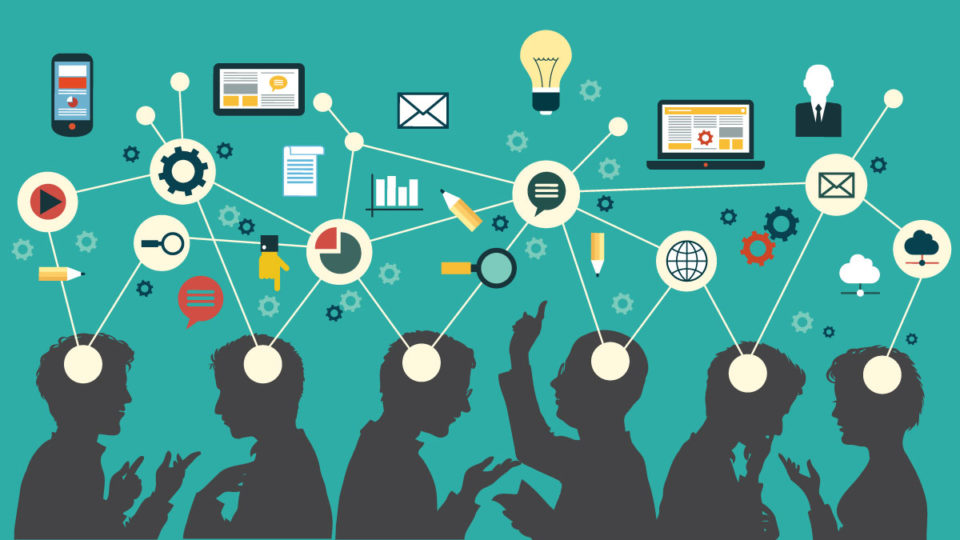This article is meant to draw attention to the vast amount of opportunities resulting from artificial intelligence as an emerging technology in the field of entrepreneurship.
This is best illustrated by portraying a few cases in which AI helped great minds to build new solutions making our world better.
Xnor.ai founded by Washington University associate professor Ali Farhadi developed a solution for the inference phase of machine learning. The inference phase in machine learning uses computing and battery power. Xnor.ai developed an algorithm that reduces both, computing as well as battery usage (Forbes, 2018).
Robert Fratila, Co-Founder and CTO of Aifred Health uses AI in the field of mental health. He puts his solution as following:
“We take in self-reported data from the patient—and in the future, biomarker data—and run this information through our deep learning model, trained on thousands of patient records from clinical trials, and produce predicted remission rates for each potential treatment,” Fratila says. Doctors use that information to zero in on the best treatment. […]” (Forbes, 2018).
A great example of how technology can improve human lives, by providing new solutions to medical problems.
Another AI-driven solution is developed by Kieran Snyder, Co-Founder, and CEO of Textio. Using machine learning, Textio is able to advise (in real-time) on written content to be changed towards a certain response goal from readers (Forbes, 2018). This helps in various fields such as job posts to be formulated for a certain target group to respond (Forbes, 2018).
Even though these solutions yield great benefit for businesses and society, there are risks to AI. As large amounts of data are the source for machines to learn, there is a chance that the data input from which is learned is not correct (Brynjolfsson and McAffee, 2017). This screwed input data could in result screw the output. Especially in the medical field, this could lead to devastating consequences. Generally, using data to solve problems has its benefits, though machine and deep learning practices should be developed with caution on the risks.
Three examples of how machine and deep learning helped solve problems. The list of entrepreneurs striving to create solutions using technology such as AI is a lot longer. You can check https://www.forbes.com/sites/insights-intelai/2018/11/29/5-entrepreneurs-on-the-rise-in-ai/ for more examples. AI yields great benefits but has to be used with caution in regard to risks.
I hope you got inspired by some leading entrepreneurs in the field of AI.
Thanks for reading!
References
Forbes, 2019. 5 Entrepreneurs On The Rise In AI. Retrieved from check https://www.forbes.com/sites/insights-intelai/2018/11/29/5-entrepreneurs-on-the-rise-in-ai/
Brynjolfsson, E., & Mcafee, A. N. D. R. E. W. (2017). The business of artificial intelligence. Harvard Business Review.


